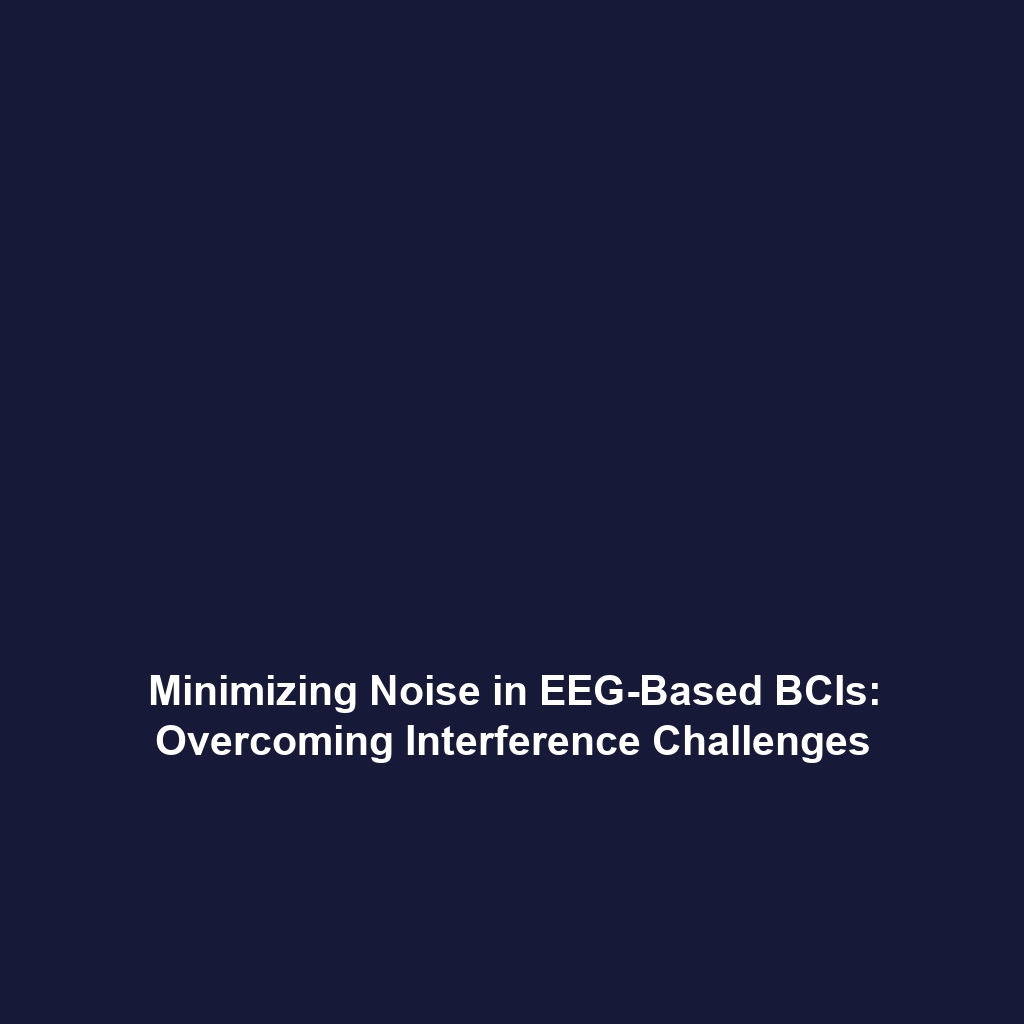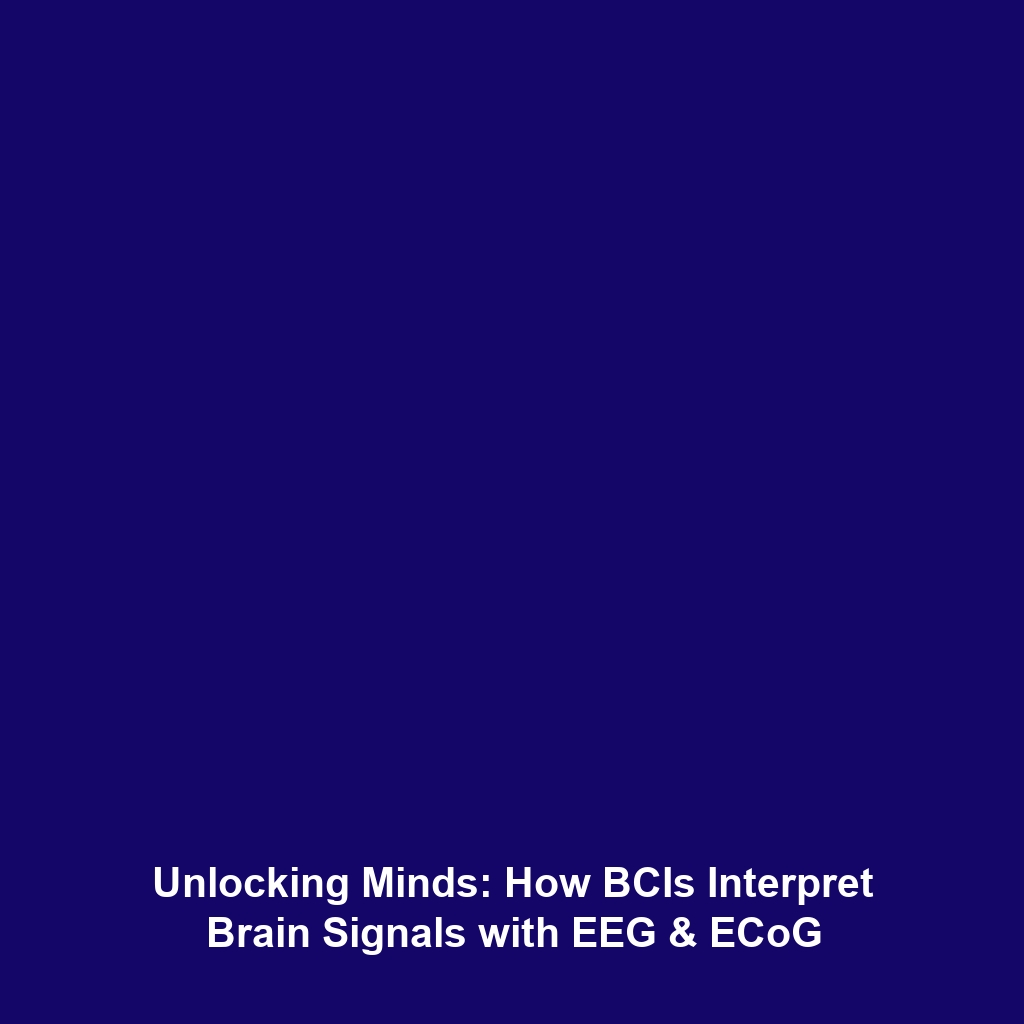Neurorehabilitation: Transforming Recovery through Brain-Computer Interfaces
Introduction
Neurorehabilitation is an emerging field that leverages Brain-Computer Interfaces (BCIs) to enhance recovery from neurological injuries and disorders. By integrating advanced technologies with rehabilitation strategies, Neurorehabilitation aims to restore lost functions and improve quality of life for patients. This interaction between neuroscience and technology underscores the importance of BCIs in guiding rehabilitation, making it a critical area of research and clinical practice.
Key Concepts
Understanding the foundational principles of Neurorehabilitation is essential to grasp its interplay with Brain-Computer Interfaces:
1. Neuroplasticity
Neurorehabilitation relies heavily on the concept of neuroplasticity, the brain’s ability to reorganize itself by forming new neural connections. BCIs facilitate this process by providing real-time feedback and supportive stimulation, guiding patients toward better functional outcomes.
2. Control and Feedback Systems
BCIs function as control and feedback systems that translate brain signals into actionable commands. They help users perform tasks that may have been lost due to injury, enabling a dynamic and interactive rehabilitation experience.
3. Integration of Multimodal Approaches
The integration of various rehabilitation methods (physical, cognitive, and occupational therapy) through BCIs offers a comprehensive solution for patient recovery and engagement.
Applications and Real-World Uses
The applications of Neurorehabilitation within the frame of Brain-Computer Interfaces are vast. Here are some notable examples:
- Stroke Recovery: BCIs assist stroke survivors in regaining motor control by using brain signals to operate robotic arms.
- Multiple Sclerosis Rehabilitation: Neurofeedback through BCIs helps patients improve cognitive function.
- Spinal Cord Injury Recovery: Personalized BCIs are used to develop tailored rehabilitation programs that enhance movement capabilities.
Current Challenges
Despite the advancements in Neurorehabilitation and BCIs, several challenges persist:
- Technical Limitations: The accuracy and reliability of BCIs can impact the effectiveness of rehabilitation.
- Patient Variability: Individual differences in brain function and recovery rates complicate standardization.
- Regulatory Hurdles: Navigating safety and efficacy regulations for new technologies can slow down development.
Future Research and Innovations
Innovations in Neurorehabilitation through BCIs continue to emerge:
- Brain-Machine Interfaces: Future research is focusing on harnessing direct brain signals for more intuitive control of rehabilitation devices.
- Adaptive Learning Algorithms: Developments in AI and machine learning are expected to personalize rehabilitation experiences, tailoring sessions based on individual progress.
- Wearable Neurotechnology: Next-gen wearables that monitor brain activity may lead to more proactive rehabilitation approaches.
Conclusion
Neurorehabilitation signifies a pivotal advancement in enhancing recovery for those affected by neurological conditions. By aligning closely with Brain-Computer Interfaces, it holds the potential to transform rehabilitation practices. Continued research and innovation are crucial for overcoming existing challenges and improving patient outcomes. For those interested in learning more about this transformative field, explore our articles on BCI Applications and Neuroscience Research.


